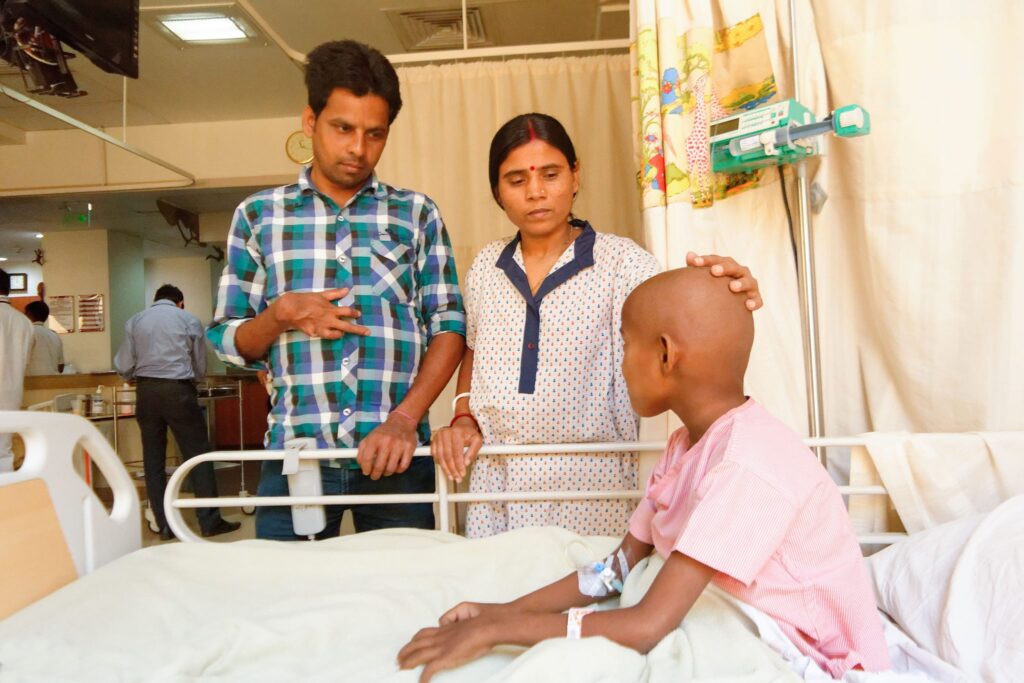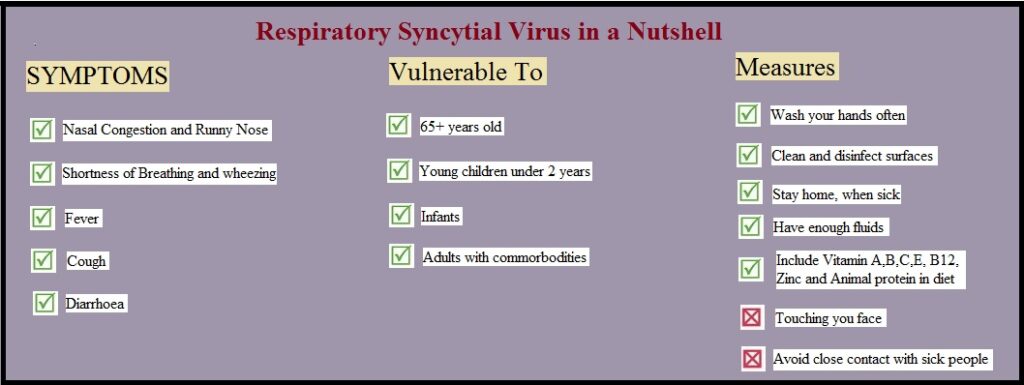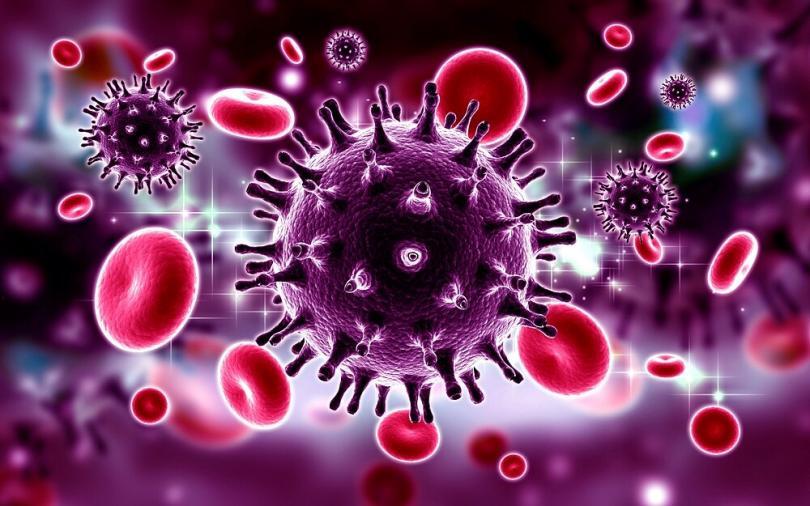Right in the middle of the third wave COVID-19 mayhem, an outbreak of a mysterious fever has gripped parts of West Bengal. Hundreds of children are being hospitalised with symptoms of a viral infection. Mainly from several districts of North Bengal, majorly in Darjeeling, Alipurduar, North and South Dinajpur, Jalpaiguri and Malda. At least nine children are reported dead between 11th to 30th of September triggering panic across the State. Similar cases have also been found in central Kolkata, filling up government and private pediatric Intensive care units rapidly across the city.

The prominent symptoms range from runny nose, high fever, cough and cold. Few children also have diarrhoea. Initially tests for COVID-19, Dengue and Malaria were conducted to effected children, but reports reverted negative. The swab samples of children with fever have been sent to School of Tropical Medicine (STM), which unveiled the actual disease marking positive report of Influenza B and RS Virus.
What is RSV?
RSV – Respiratory Syncytial Virus is a common respiratory virus that causes infections to lungs. It is found with serious condition in young children under two years and infants or anyone with a weak or compromised immune system. Adults and healthy children too get infected with mild or typically mimicing the common cold.

Dr. Sumanta Bhattacharya – Paediatrician at Spandan Hospital told The Voices “RS Virus is a common phenomenon like bronchiolitis and takes place every year post monsoon to children ranging from mild – moderate – severe. This year it turned severe due to environmental changes and unusual rain in addition with ongoing COVID-19 and emerged a bit early.”
A majority of tests at School of Tropical Medicine (STM) are reporting positive for RSV and Influenza B while relatively smaller numbers were also found positive for dengue. Gradually similar reports have started surfacing from South Kolkata – Purulia and Murshidabad areas.
Resembling to common cold, the mild symptoms urged parents to treat children at home that delayed bringing them to a medical facility for treatment taking toll on lives. Infected children with malnutrition and co-morbidities are found more prone to fatality.
Generally antibiotics and anti-allergic medicines are used for treatment but in some cases double doses of anti-allergic tablets are being used. While few children showing symptoms of throat infection with bronchitis and low level of oxygen, doctors are heavily relying on ventilation as the flu has not been responding well to antibiotics.
Dr Bhattacharya told The Voices, “There is no specific medication for viral infections. Likewise for HIV few medicine directives and protocols work, again Acyclovir is used for treating Herpes viral infection. But viruses like Adenovirus or Metapneumovirus don’t have any antiviral treatment. Just like dengue, major concern remains for up-scaling immunity by empirical antibiotics.”
Hospitals in North Bengal lack adequate infrastructure and facilities hence the effected children have to be rushed to Kolkata for treatment. Analysing the dynamics of severity of virus, Dr Bhattacharya explains “There are two types of virus – Antigenic Shift and Antigenic Drift that changes their character rapidly resulting severity just like bacteria or like Corona that changed to Delta strain this year. Thus leading to increased mortality rate. RSV is not solely responsible for death among children. Besides there are many other viruses being detected like Influenza B and other co-morbidities leading to death”
Talking about the fatality rate of effected children, Dr Bhattacharya explains, “Owing to country’s socio-economic disparities and viral infections tests being expensive than bacterial infections. Alongwith, Respiratory Viral Panel test which tests the exactness of virus being a complicated test to operate in any government sector makes it expensive. This leads to a critical delay in detection.”
However, state health department officials have assured that there is no reason to panic, stating that the situation is under control and the state has the required infrastructure to deal with the crisis. This fever is witnessed every year owing to seasonal change usually during end of October – November. But this time it has emerged two month earlier. Also experts cite that such spike could be due to missing of Pneumonia Vaccine booster last year owing to Pandemic lockdowns besides less exposure to the virus adhering to curbs such as wearing mask, staying indoors might have led to a fall in immunity to the virus.

Focusing on immunity boosting as the only route to combat RSV according to experts. Dr. Bhattacharya affirms “With the presence of COVID-19 in the environment, association of any other viral infection leads to a dip in immunity increasing the probability of fatality. Hence Proper care about nutrition of children is indispensable. Inclusion of Vitamin A, B, C, E, B12, Zinc and animal protein in regular diet should be adhered to.”

As the number of children hospitalisations surged, health department officials expressed concern setting up an emergency state government meet in Kolkata. On 17th September government announced setting up of 835 intensive care units for children and 90 for newborns across government hospitals. Respiratory Viral panel PCR test which detects the exactness of virus is available at national Institute of Cholera and enteric disease (NICED) but is very expensive . However, state health administration is planning to develop this facility at government hospital for free.
Parents are advised to take all precautions for their children following measures like using masks, avoiding crowds, sanitising hands frequently, maintaining distance from people having any symptoms and consulting a doctor within three days of having a fever.
Keeping a close check on children’s eating habits, sleep patterns, and looking out for breathing discomfort of any kind can help improve the prognosis of the disease many fold.
Any symptoms of the disease if ignored or taken lightly might prove and in numerous cases have already proven to be fatal.
Edited by: Raghujit S. Randhawa

